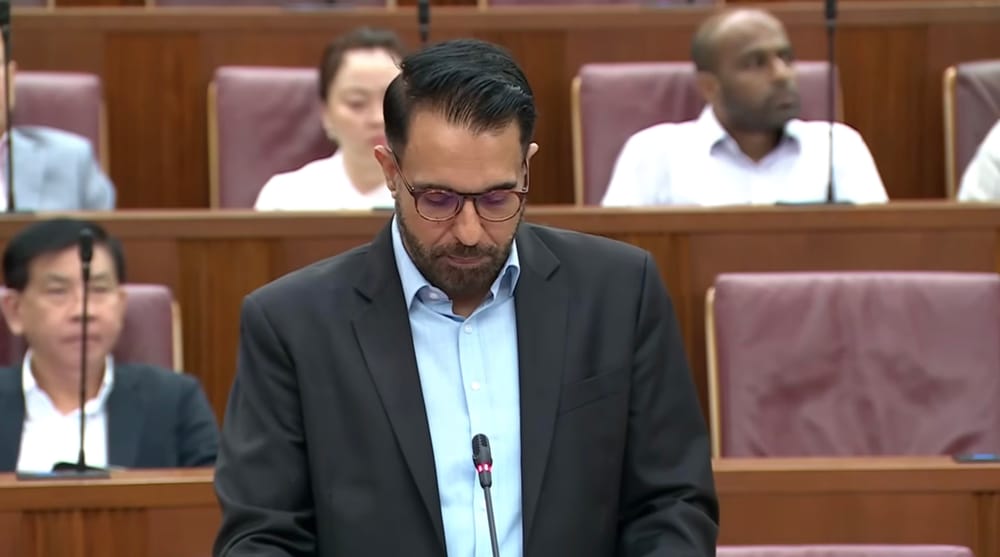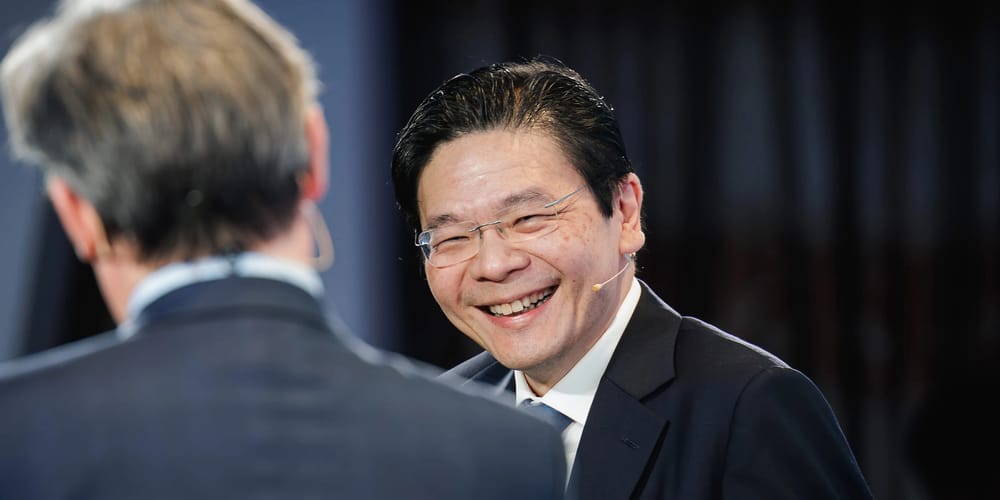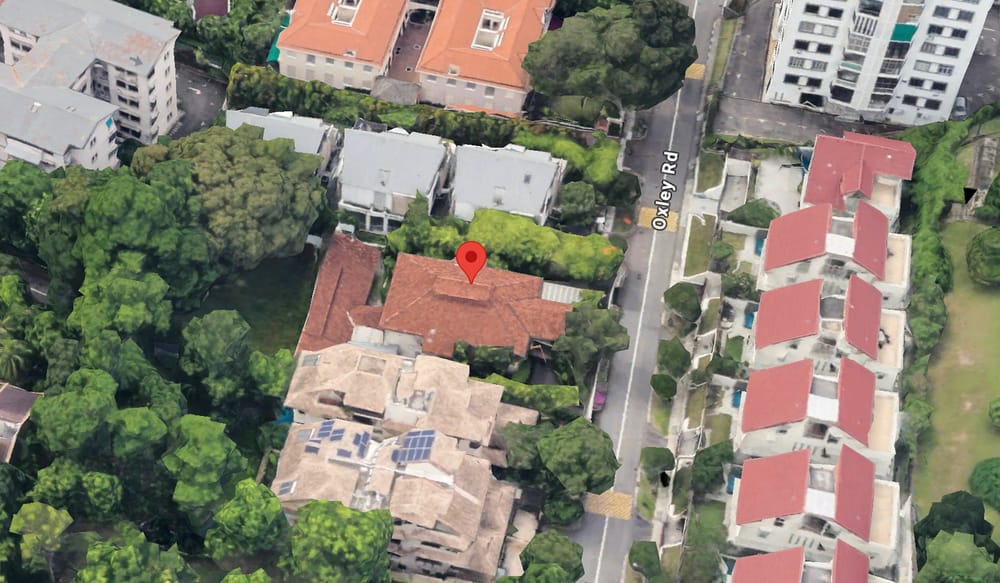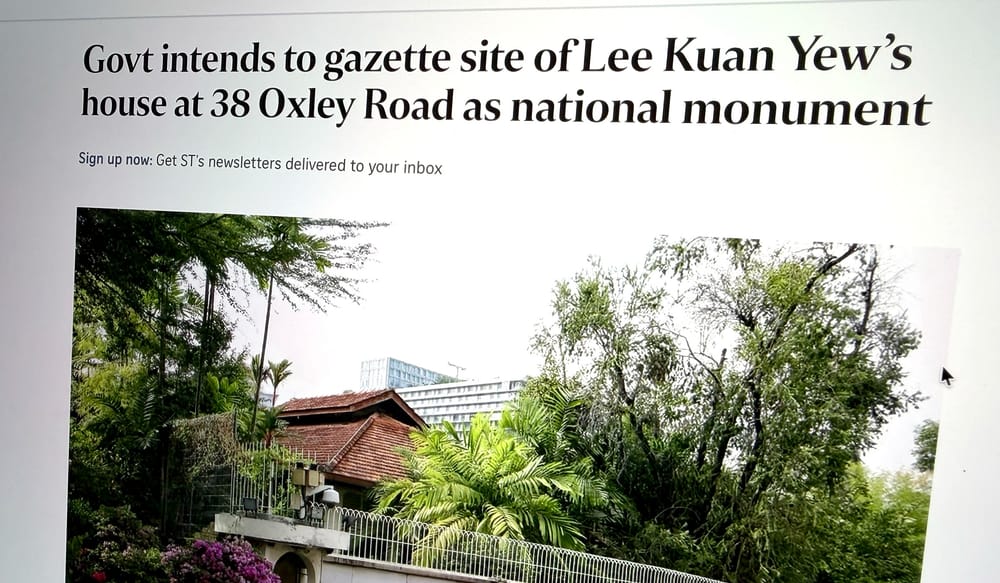My foreign readers, unacquainted with Singaporean governance, may find it surprising to learn that the country has no debt (net), that the government does not borrow money to finance public spending and that all the surpluses it generates are directed to the nation's reserves upon completion of every five-year term and can only be withdrawn in extraordinary circumstances, with approval granted by the president.
Such is the reality today, and as Singapore draws nearly S$100 billion out of its reserves and past surpluses to tackle the economic consequences of the pandemic, an oft-repeated question re-emerges - why isn't their total sum made public? Only a handful of people in the government and GIC know what their size truly is.
I think it's an example of a quite interesting - and prudent - public policy, but not exactly how you may assume it is.
The official explanation has always been that it's for their security - i.e. it's better not to show how much have. And that may, very well, be true to some degree, but I don't think it's the full picture. After all, Norwegians make their figures public - much like many other SWFs around the world. Of course, Singapore's geopolitical situation is different - the country has always been quite vulnerable, while Norway is one of the places where the USA stockpiles its arms in Europe as a part of its commitment to NATO.
So, yes, Singapore is more exposed, and not only to its closer neighbours but more distant, and continuously growing ones (like China) as well.
That said, some sort of an assault on national reserves would be rather difficult and quite unprecedented. George Soros carried out attacks on foreign currencies in the past and famously broke the Bank of England - but that's not the same thing. With enough money, you can temporarily dump the value of a currency over a brief period of time, but most of the reserves are invested for the long term in a diverse global portfolio of equities, bonds and other assets. They can't really be hurt with one master stroke of an evil genius. It's also fairly simple to come up with reasonable estimates, knowing how the country has developed over the years and how much it realistically could have saved up and reinvested.
So I think the reason why the exact size of Singapore's reserves remains a secret lies much closer to home.
You see, when you know how much you have you can start thinking what to do with it.
As long as the figure is obscured, people spend their time speculating about it instead of imagining how to spend it. But the moment it is revealed that it's, let's say, $500 billion, many would start coming up with all sorts of ideas.
Singaporean opposition parties like to complain that they cannot put forward new policy proposals if they don't have information about i.a. the size of the reserves. But the only reason they would need this information is if they intend to spend that money.
Why not "invest it in Singaporeans!" (that could make for quite a nice populist slogan for some political wannabes)? Can't we take a few billion to help the needy? And another few billion to support families? Oh, and maybe a few more to improve healthcare? Or education? Or provide unemployment benefits? And why should the GST be raised in the future if we have so much? All sorts of questions and ideas could start circulating.
A GST increase from 7 to 9% could yield about $3-4 billion more in budgetary revenues every year - so it becomes tempting for unscrupulous populists to promise voters a postponement of the tax hike by 10 or 20 years. After all, it's only 3-4 billion annually - not even 1% of the total reserves - heck, Singapore can afford it with a few hundred billion stashed away!
As you can see today (in July) this judgment I presented in May proved prescient as it is precisely what the Workers' Party is already proposing. They don't know the true size of the reserves but knowing how much returns on reserves yield every year they were able to calculate that increasing contribution from 50 to 60 percent would be enough to delay the introduction of the GST (ignoring the fact that tens of billions of dollars in future returns would be lost as a result).
Now you can begin to imagine what could happen if an exact figure was known and became a target for unscrupulous politicians to be chopped up and redistributed to the society - with many voters surely supporting the idea.
Why does Singapore need so much money?
Estimates put Singapore's reserves at anywhere between S$850 billion to over S$1 trillion. This may seem like A LOT of money, and, at this point, some people may start asking: "What are the reserves for anyway? Why do we need so much money stashed away when some people are struggling to get by, collecting cardboard or trash for a living? Why do we have to raise our GST?"
You have to bear in mind that reserves are not savings.
Or, let's be more precise - they are savings but made with very specific purposes in mind. They're not a piggy bank that you break after a while to treat yourself.
First of all, about S$375 billion is under management by the Monetary Authority of Singapore to directly protect the local currency and serve as a tool of monetary policy. This leaves about S$475 billion to maybe S$600-750 billion in other reserves, depending on the estimates.
Still sounds like a lot? Consider this:
Singapore's Gross Domestic Product is about S$500 billion - which means that reserves outside of MAS account for only about 100-150% of the GDP. In every other country, it would be considered enormous - but not every country is as exposed as Singapore. The city-state has no natural resources and a small domestic market. Much of the economic activity here depends on it being a business & logistics hub.
As we can see today, during the global pandemic, international travel has collapsed. Singapore Airlines, Singapore's Changi Airport, Singapore's hotels, retailers, restaurants, and resorts all operate at a much lower capacity, fighting to stay alive. Due to decreased activity, everybody is affected. Since local demand is never going to fill the gaps left by millions of travellers currently restricted from visiting the city, the government has to have a lot of resources to prop up the businesses and employment.
We already know that the effects of the pandemic may last for a few years - at least until a vaccine becomes available (if it does at all). It means that the four additional budgets passed this year, totalling about S$90 billion, may not be the only ones.
Singaporean reserves (outside of money kept by MAS) would allow the government to continue filling a 20 to 30% gap in the economy for just 5 years.
Still think those hundreds of billions is a huge sum? A single, prolonged crisis could wipe them out within a few years.
And none of it takes into account the fact that most of this money is invested in assets that are not exactly liquid and whose value during a global economic crisis may actually be lower, with fewer buyers. As a result, there would likely have to be a considerable discount on them should the government decide to liquidate some of its positions to draw the money out to support the economy.
Of course, as it does, it would immediately erode its annual returns that are a source of income to the budget to the tune of S$17-18 billion today - because it would be selling assets that generate these returns. NIRC is already the largest source of budgetary revenues - larger than any single tax.
If the government couldn't rely on NIRC, the GST would have to be raised to about 20%.
Reserves protect Singapore from high taxation. But to do their job, they have to grow in tandem with the economy. That's why it's dangerous to eat even into annual returns, as WP proposes. Singapore's economy can expect to grow about 2% per year on average. For reserves to merely serve their function and remain stable in proportion to GDP, they, too, have to grow by 2% above inflation per year.
Given that NIRC is already taking 50% of that and channels it back into the budget every year, reserves should yield at least 4% in real (inflation-adjusted) returns over the long term. GIC, however, returned only 3.4% in inflation-adjusted returns over the past 20 years. Temasek surely pulls the average up, but it's very difficult to invest very large amounts of money at high enough return rates over a very long time while keeping them safe from risks in a diversified portfolio. That's why the government here is forced to run budgetary surpluses and put them, as well as the money from land sales, back into reserves - to keep them growing on par with - or even ABOVE (as it should be) - the rate of growth of the economy.
If the reserves grow more quickly than the economy, then the annual returns they generate can stave off significant tax hikes in the future, even if the society grows older and the need for state subsidies to e.g. healthcare increases as well.
That's why it's dangerous to reduce the pace of reserves' accumulation because even if they keep growing, they would become smaller in proportion to the economy - and, therefore, would not be as good a safeguard (and income source) as they are today.
Since most people do not understand these nuances, they could be swayed by self-serving politicians promising them welfare benefits that would eat into the reserves, leaving the country vulnerable in the future.
As long as their total sum remains unknown, it distracts attention and encourages speculation - "Maybe we have nothing left? Maybe the government lost everything?" (like some suggest). It's all actually very helpful in keeping people from coming up with ideas on how to squander it.
It's a bit like stashing chocolate cookies away from your children. You can hide them in the tallest cabinet, but kids will always find a way. The best protection is not to reveal that they are there at all.









